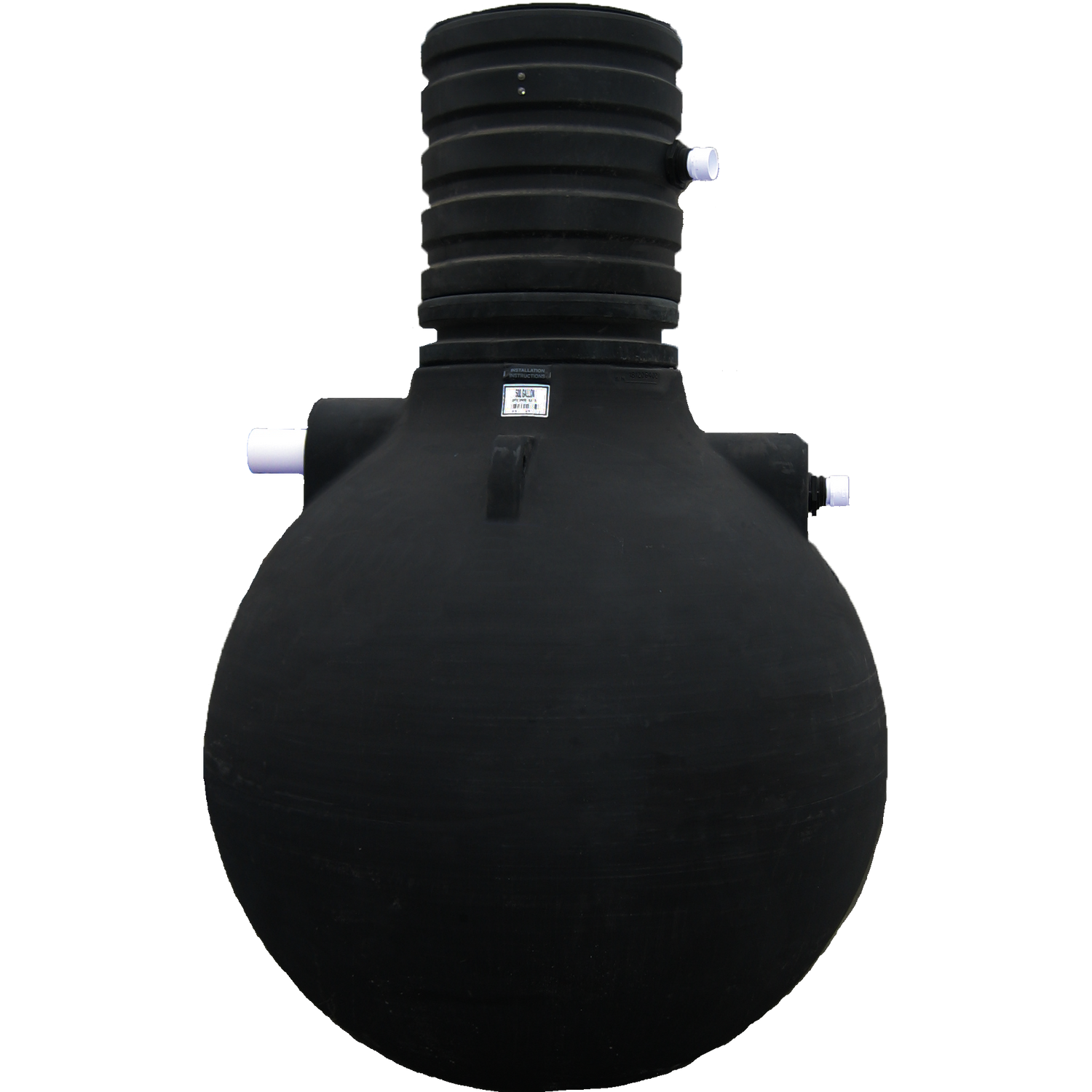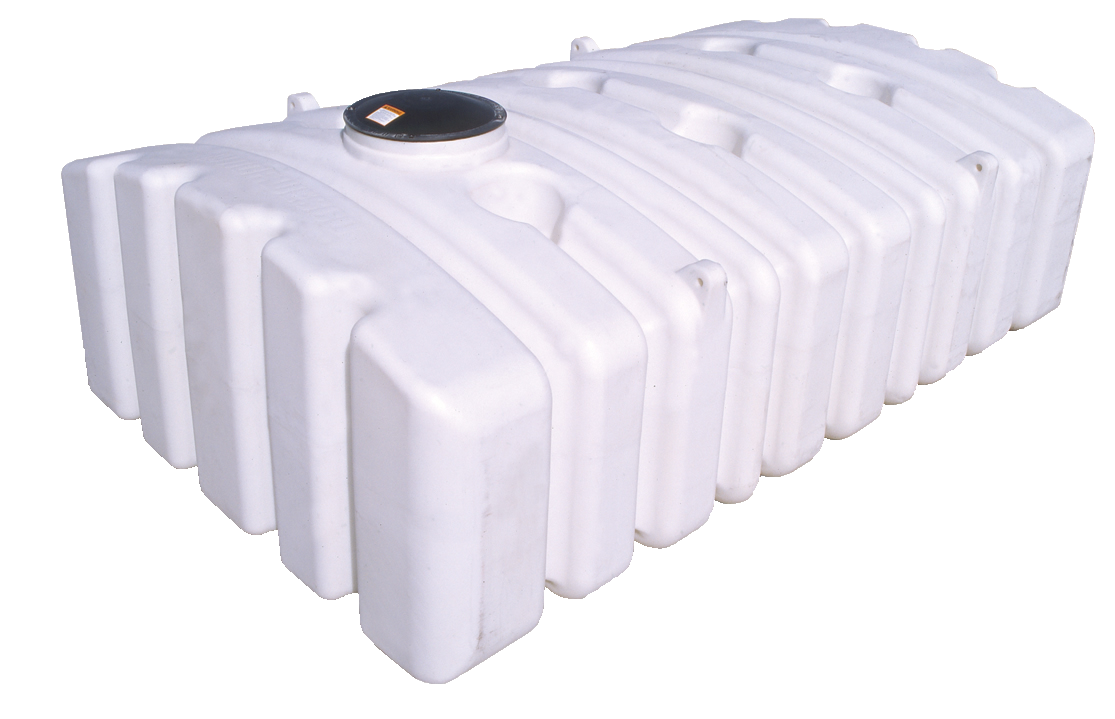-

Low Profile Tanks
BARR Plastics offers a range of low profile tanks perfect for space-saving...
-

Pump Chambers & Lift Stations
Find sump & pump chambers and lift stations to transfer liquids from...
-

Septic & Sewage Holding Tanks
Shop our wide variety of septic holding tanks. Mainly for pump-out applications,...
-

Belowground Septic Tanks
Explore our extensive range of belowground plastic septic tanks at BARR Plastics....

Matt
Contractor & Partner Pricing
Contractors: Benefit from our individualized pricing. Request a quote through our website or contact your representative.
Why Septic and Sewage Tanks Matter (and How to Keep Yours Running Smoothly)
If your home or building isn’t connected to a city sewer line, a septic or sewage tank is what keeps things flowing behind the scenes. These systems handle everything that goes down the drain—whether it’s from your kitchen sink, bathroom, or laundry—and make sure it’s dealt with safely. They’re a key part of keeping water sources clean and your home running smoothly.
So, How Does a Septic Tank Work?
It’s actually pretty simple. All the wastewater from your house ends up in the septic tank. Inside the tank, the heavier stuff—like solid waste—settles at the bottom and forms a layer called sludge. Oils and grease float to the top and form a layer of scum. What’s left in the middle is liquid, and that part flows out into something called a drain field. The soil in the drain field helps filter out any leftover stuff, so it doesn’t pollute the groundwater.
Bacteria inside the tank also do their thing by breaking down some of the waste, which helps keep the system from filling up too fast. Still, you’ll need to get the tank pumped out every now and then (more on that soon).
Key Benefits of Septic and Sewage Tanks
Septic tanks offer several benefits, including:
- Cost Savings: Compared to monthly sewer fees, septic systems represent a cost-effective solution, with long-term savings if maintained properly.
- Environmental Protection: By safely processing household wastewater, septic systems help protect groundwater and local ecosystems from contamination.
- Adaptability to Rural Areas: Septic tanks are highly suitable for rural and remote areas, providing a self-contained wastewater solution independent of city sewer infrastructure.
Proper Maintenance for Long-Lasting Septic Systems
Routine maintenance is essential to prolong the life of a septic tank and ensure optimal performance. Here’s what regular upkeep involves:
- Pumping: Septic tanks should be pumped every 3–5 years, depending on the tank size and household usage, to prevent sludge from building up and causing blockages.
- Inspection: Regular inspections help identify potential issues, such as leaks or drainage problems, before they escalate.
- Responsible Waste Disposal: Avoid flushing items like wipes, grease, or chemicals down the drain, as they can disrupt bacterial activity and lead to clogs.
Environmental and Health Benefits
Properly functioning septic systems help protect public health by preventing untreated wastewater from contaminating groundwater, rivers, and lakes. This protection is crucial in areas where drinking water comes from private wells, as groundwater contamination poses serious health risks.
By choosing the right septic tank type, practicing regular maintenance, and following responsible waste disposal habits, homeowners can enjoy a durable and efficient wastewater treatment solution that minimizes environmental impact. Investing in a quality septic system not only offers peace of mind but also supports a healthier ecosystem.





